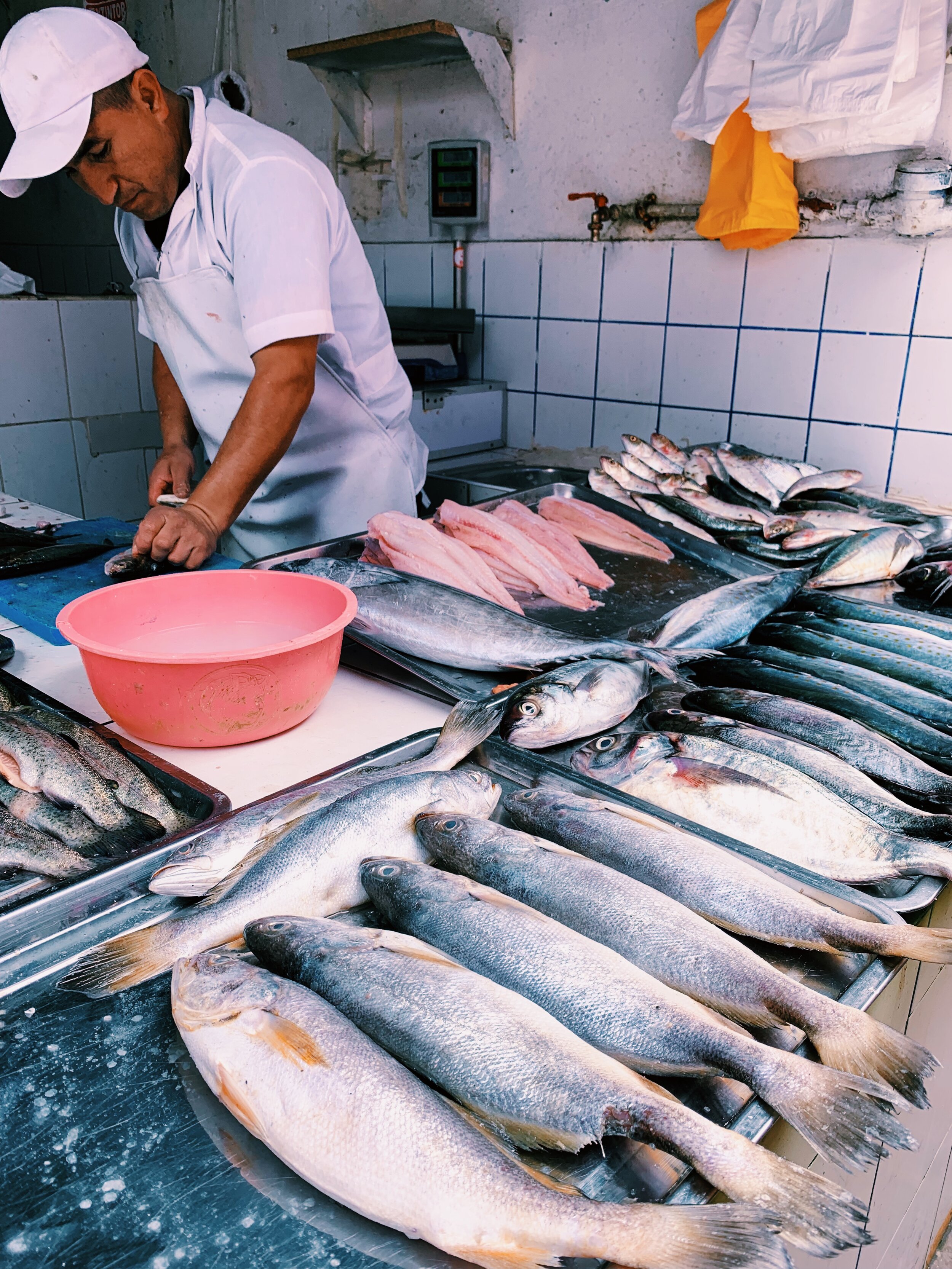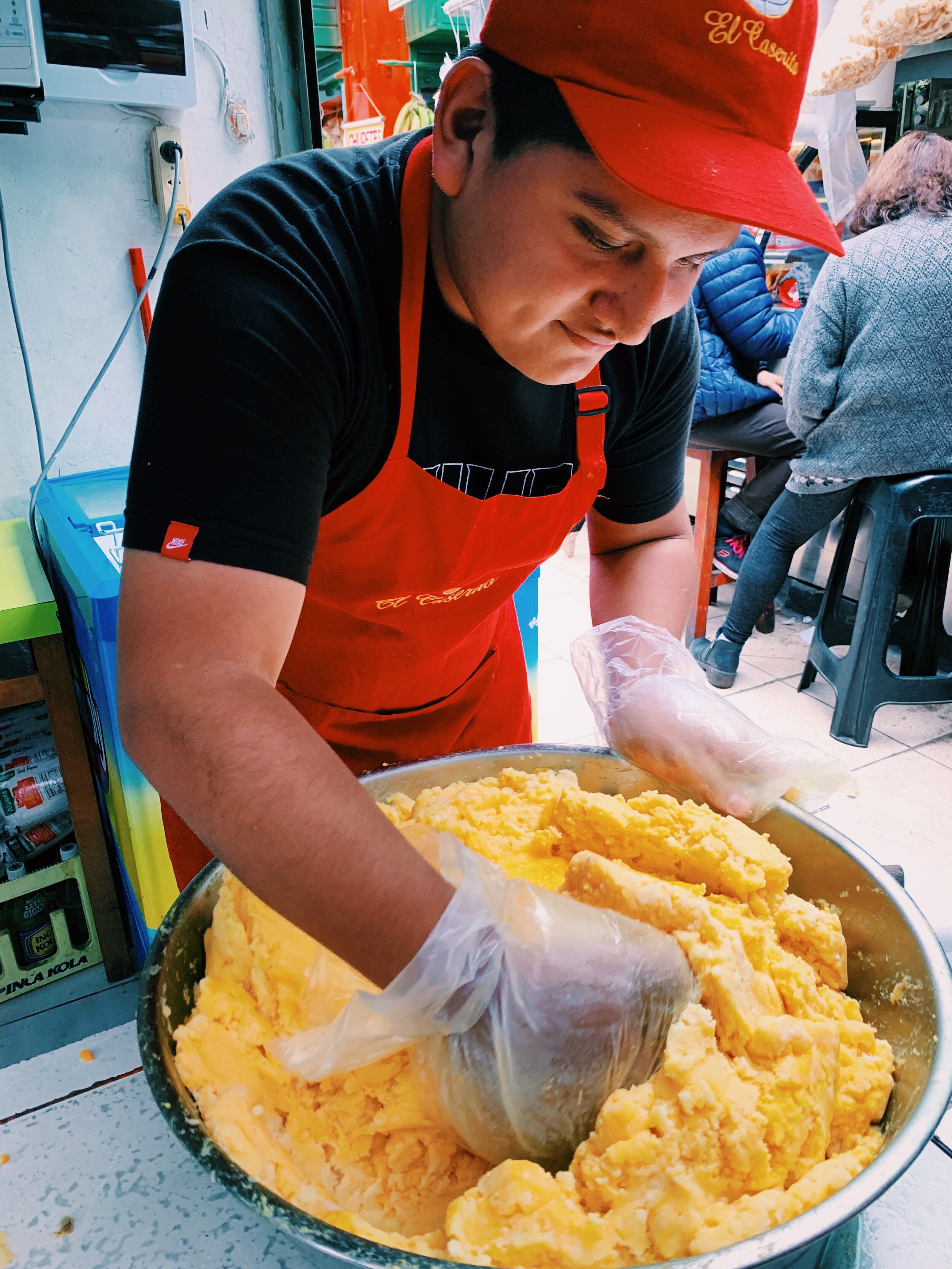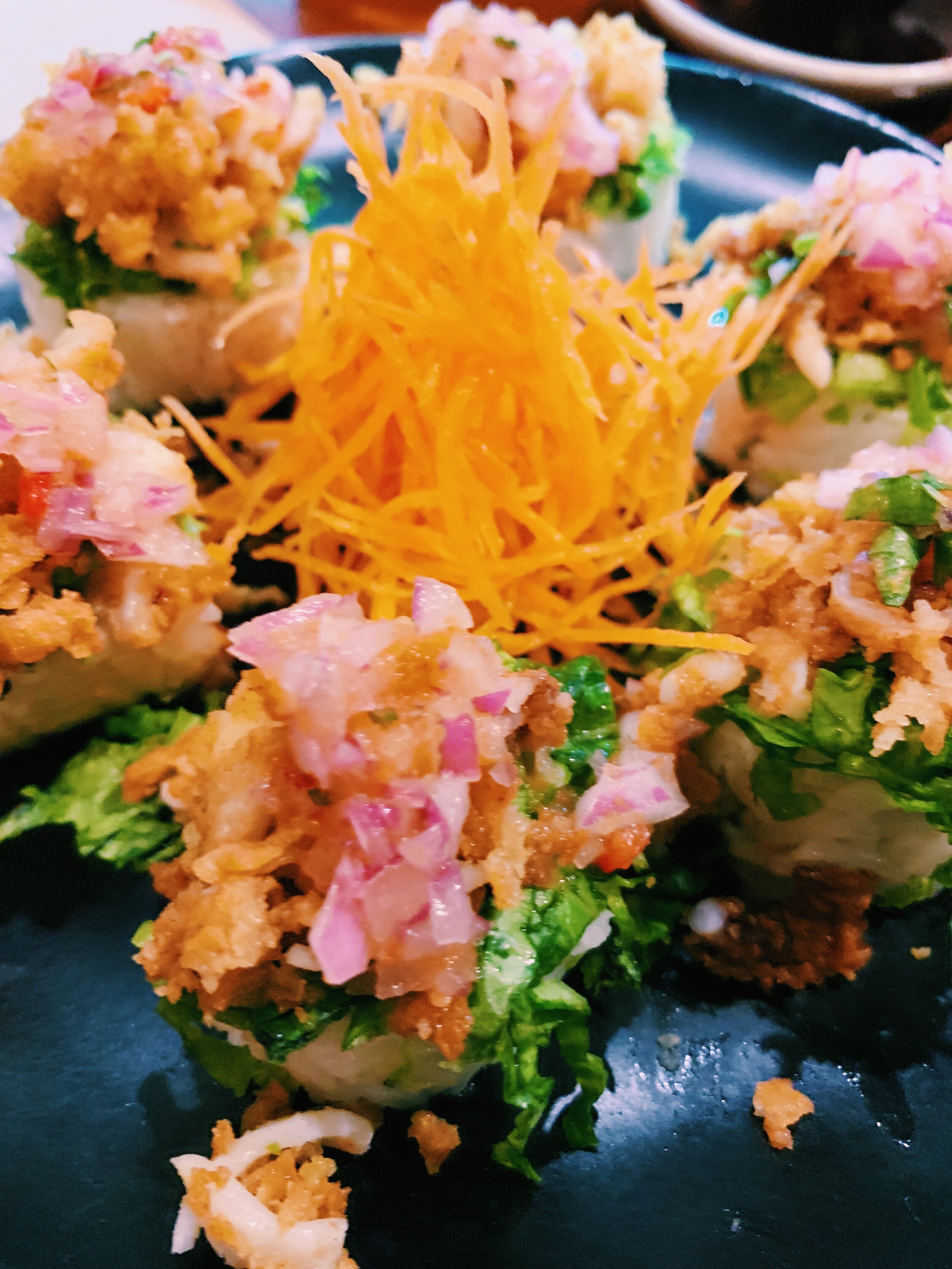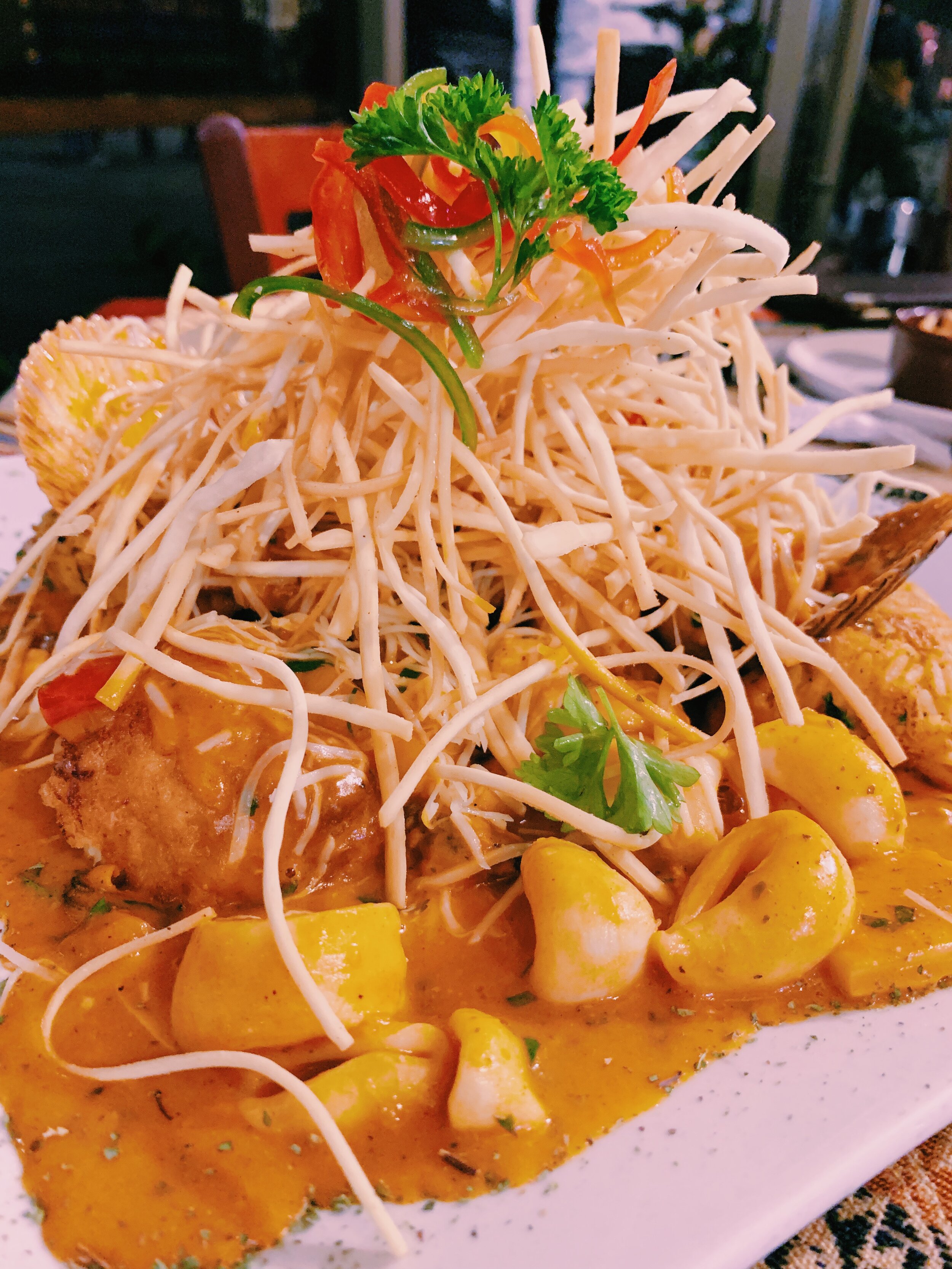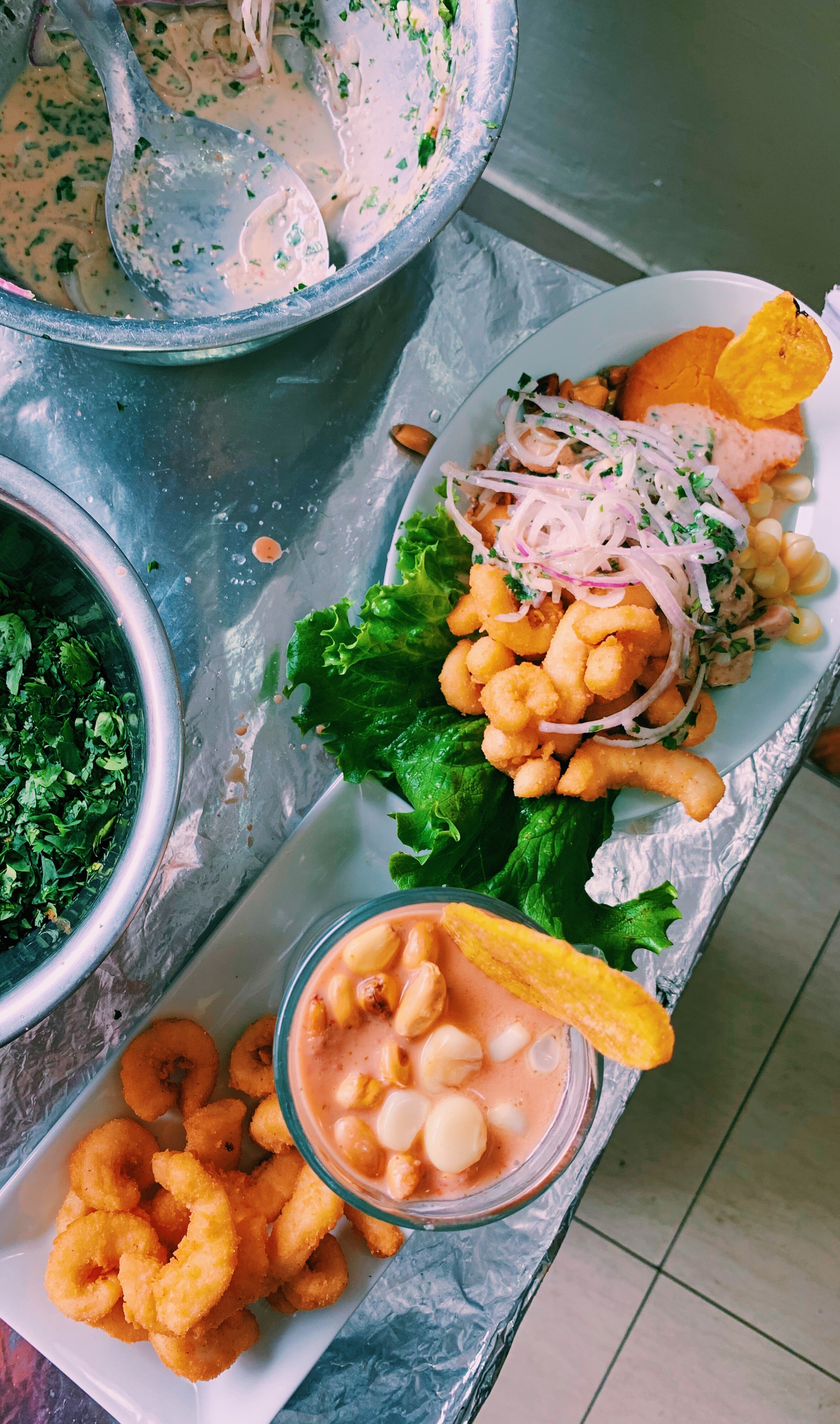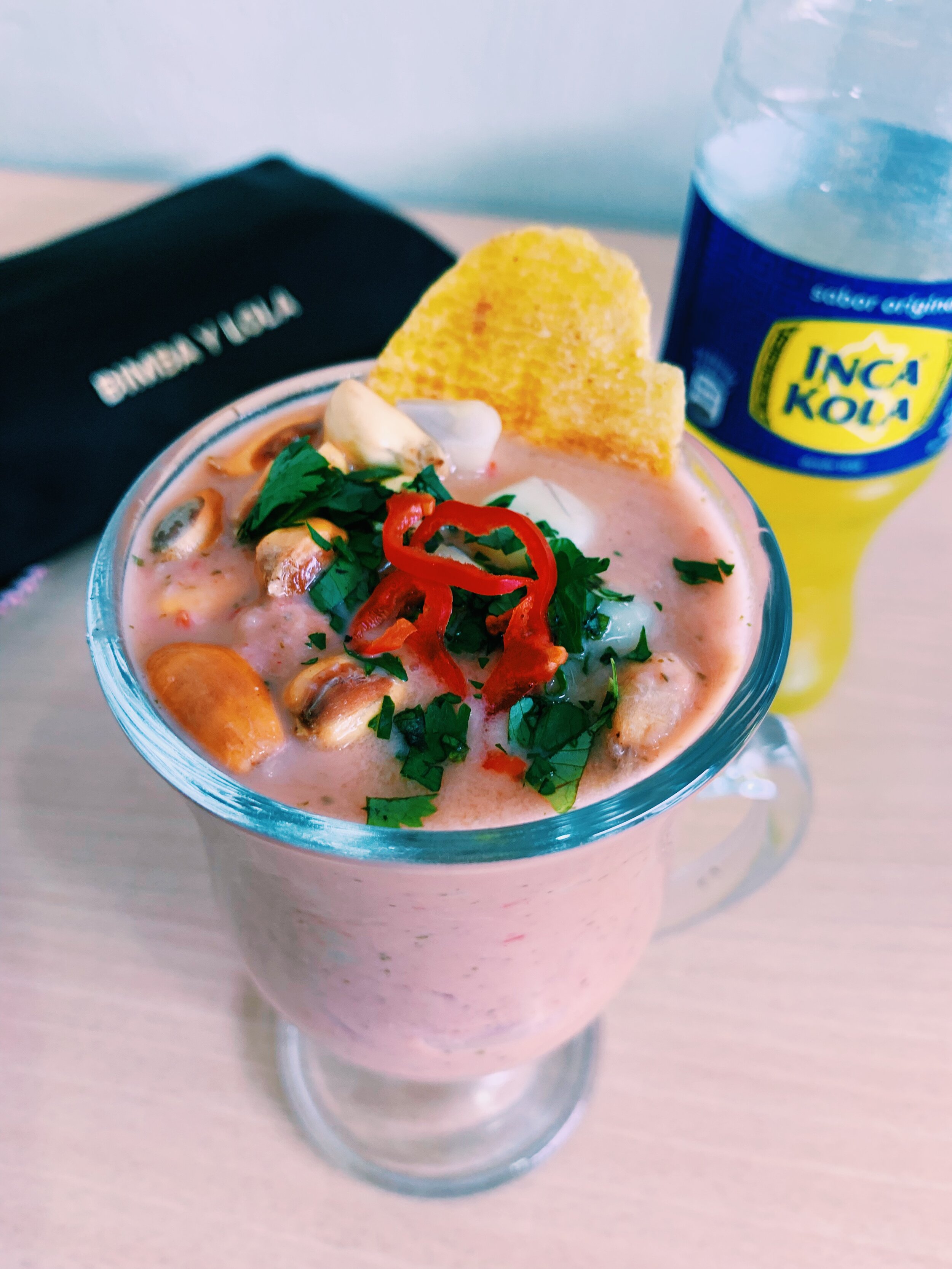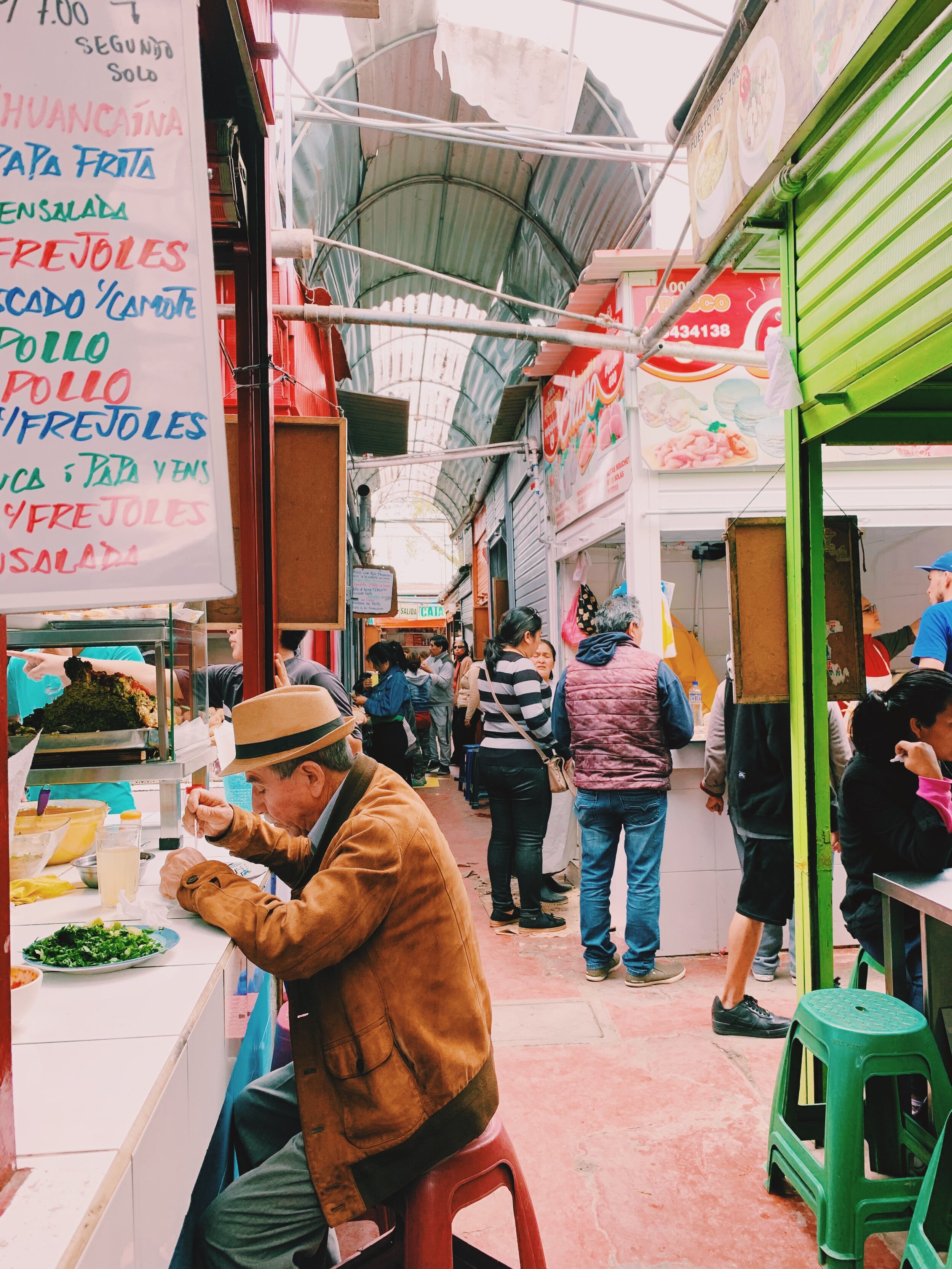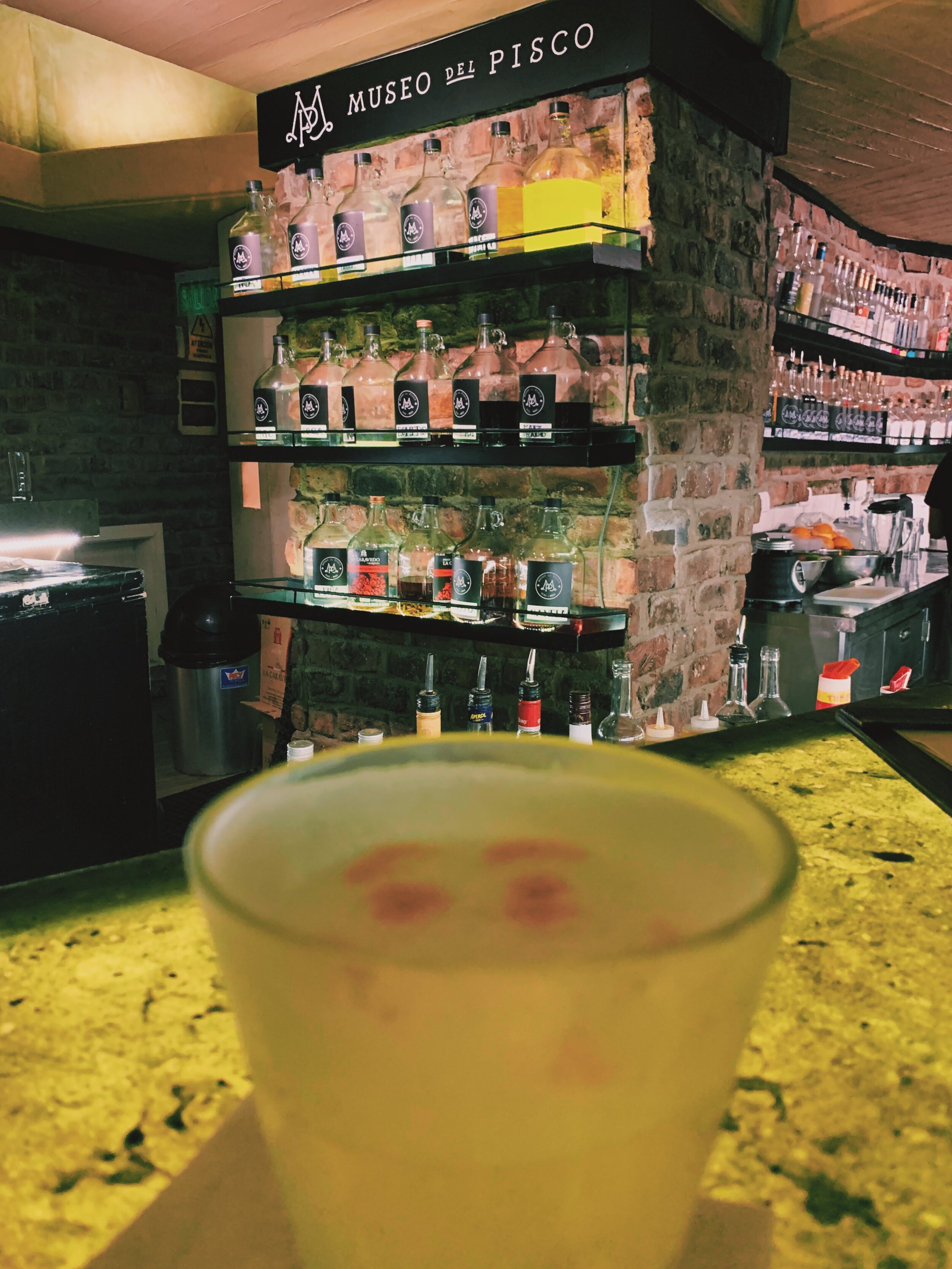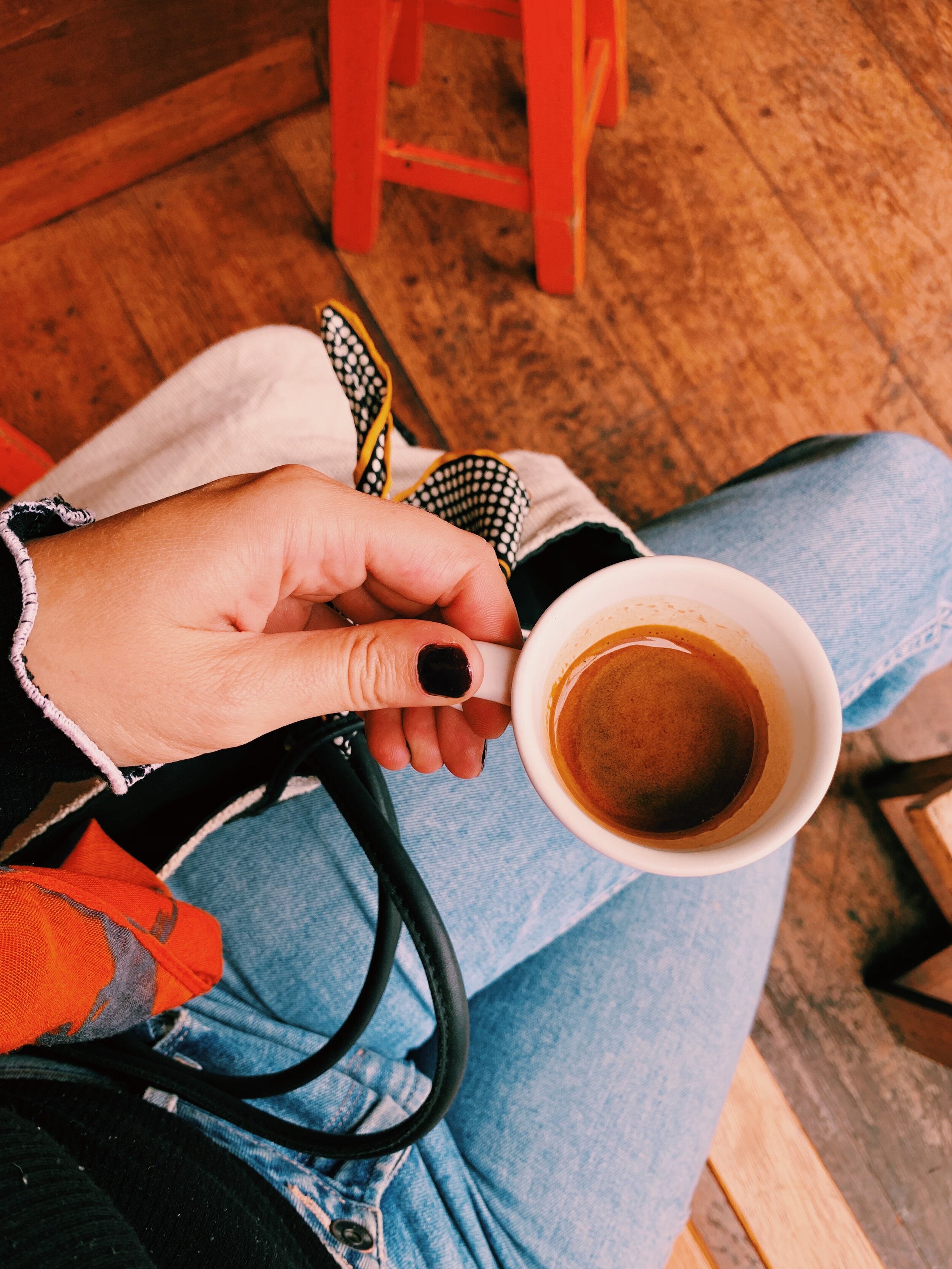Tasting my Way Through Lima, Peru
A course in the capital city’s cross-culture culinary landscape
The food, the food, OH, the food.
Lima’s reputation did not set me up for high expectations of the city, but the high-praise for their culinary scene has been buzzing in my ear for years. After chewing down on the ‘Paisa’ diet of central Colombians, I was more than ready to welcome the upbeat and fresh flavors of this country—savory meats and citrus-infused ceviche were top of mind. My foodie experience would show me fusion dishes blending flavors from China, Spain, and Japan blended with the native diet from hundreds of years ago. And despite my attempt to make this a month of budgeting, I had to accept that when in Peru, you do as the Peruanos do. And that is to eat.
Following my introductory blog post about arriving to Peru’s capital city, I am sharing a deep-dive into the note-worthy flavors and ingredients that make up the diversity of Lima’s landscape—and their noticeable ability to welcome different cultures into their own. The Spanish made their aggressive mark on the region and the inhabitants and their food is present in many common Peruvian dishes, like criolla, where a heap of rice is topped with a seasoned chicken breast and cilantro. The Chinese immigrated to Peru’s coast bringing their Cantonese culture and diet with them, while coastal dwellers from the Caribbean regions of South America brought their Creole diet and Japanese inhabitants integrated their strong work ethic and unique fish-centric dishes to the city. There is a celebration of cultures across the country and because food is such a strong reflection of a place and the values of the people, I can’t help but view the Peruvians as distinctly open-minded and willing to blend the new with the old.
In the contemporary barrio of Miraflores, there are hundreds of restaurants tucked in between the shopping malls and stores selling alpaca goods and Patagonia thermal wear. They know tourists come hungry, so, they stay prepared. I typically asked taxi drivers and shop owners about their favorite spots to eat as perusing Trip Advisor’s recommendations just seemed too easy. My thirst for self discovery was ever-present. A common breakfast served around town is fresh squeezed juice, pineapple and maracuya being my favorite, along with a cappuccino, fresh bread with butter and marmalade, and scrambled eggs with picante. A hearty and wholesome way to start the day. Afternoons led me to sample espresso from different cafes to compare their beans and brew-style. Peruvian coffee beans are known for being organic and are slightly less intense than the Colombians version, but just as smooth—and addicting. Perusing restaurants and open-markets would show me that a typical Peruvian meal is served with two dishes, sometimes three. Expect a chalkboard scribbled with a list of entradas and segundos that includes a soup or salad and an entrée and a soda. One of my favorite meals for lunch is the Aji de Gallina, a spicy creamed chicken served with white rice and the region’s famous yellow potatoes, only grown in Peru. The ceviche is a must try and a great alternative for pescatarians. On my last day in the city, I wound up at this little joint run by two 20-year-old Peruvians (aptly named 420 Café) where I was served up a glass of Leche de Tigre. Made right in front of me, the typical dish combined sliced red onions, raw white fish and shrimp, lemon, cilantro, chili, choclo (similar to hominy), and topped with francha, fried Andean corn (similar to corn nuts). This fishermen’s dish is fairly simple, both sour and spicy yet well-balanced, and certainly one of my most satisfying meals to date. Chase it down with the locals beverage of choice, a toxic-yellow colored soda named Inca Kola. Just like they drank 500 years ago, right?
For dinner, I devoured the salty and tender Lomo Saltado at the Museo Larco restaurant and topped the meal off with a creamy Lucuma mousse made from the regions unique tree fruit. I indulged in Chifa, the Chinese/Peruvian fusion food blending fried rice with potatoes, seasoned beef, and sour and spicy sauces covering steamed vegetables. In a dingy restaurant in Magdalena del Mar, families hunched over shared plates and watched the soccer match unfold with fixated eyes on the screen and mouths stuffed full with chifa. I also ate some of the best fusion sushi I have ever had while chatting up the Venezuelan waitress who migrated to Peru at just 18 to look for a better life. Her family still back home in the crumbling and corrupt city of Caracas. She had a fiercely independent spirit and a bubbling energy that I imagined would take her far in this industry or any other she chooses to pursue. In between bites of soy-sauce soaked Japanese tiradito and sips of Pisco, we mocked world politics and questioned why there are so few good people in power. As a solo traveler, I am finding that my dining and drinking experiences are my link to conversations with people living locally. I always sit at the bar and find out where everyone is from. Often times there are Venezuelanos who have left their homeland in search of re-building their life. Many of the young immigrants in Lima had left without their families, a solo move to a new country, with the intent to create anew away from the political powers that failed them and their neighbors. I felt a kindred connection with them for we are both on a journey abroad. But the disconnect between me and them was the suffering and loss of resources they witnessed that I simply can’t relate to. My struggle with American politics can’t compare to theirs. I listened intently to their stories, watching their positive attitude outweigh any hidden scars below the surface. I tipped my waitress extra, still within my means, but hopefully enough to make a small difference for her.
One of my greatest food discoveries was in the historic center of the city, a cacophonous and commercial district downtown where history museums and Spanish cathedrals mark the influence of the Spanish conquistador’s architectural invasion. Off a quiet street I saw a long line of people waiting for churros to be freshly made. Churros are a dime a dozen here so it piqued my attention that so many people were waiting for these ones. I decided to wait just behind a tiny man in oversized trousers and a jacket that appeared to be damp. I leaned in and asked him if these were the best. He smiled with all 6 of his teeth and I had my answer. People were coming out with paper bags filled with 20 steaming churros fresh off the fryer with a look of protection of their prized treats. I couldn’t help but think some of them would scarf them all down before arriving home to the family empty-handed. After nearly 20 minutes I approached the counter where women in pink aprons dunked dough into sizzling fryers then dipped them each in white sugar and wrapped them in brown paper. I ordered just one that cost me practically nothing and continued on my way. Once the hot dough cooled I sunk my teeth into the golden brown exterior, inside would reveal a sweet dulce de leche sauce hot against my lips. The airy dough cradled the goo beneath a sugared crust—and from then on the street churro would never be the same for me.
My favorite time of day in Lima was dusk, when the brief afternoon sun had warmed up the pavement and burned off a few layers of the gray. The temperature was decent enough to indulge in a little ice cream, so, I would scour the streets for local vendors hand-scooping gelato from carts, often sampling the queso helado, a famous flavor that blends condensed milk with whipped egg yolks for a rich treat. Because street food is plenty here, it is a great opportunity to grab a post-dinner treat while people-watching in different neighborhoods. In my favorite district, Barranco, I discovered an Italian gelato place with the best flavors to date. I sat on the first few steps of a cathedral in the park and watched a young father play catch with his disabled son while toddlers crawled in between their game with smiles gawking at the action above. Raspberry and pistachio gelato dripped from my mouth and onto my denim jacket as passersby stepped over my feet as they looked down at me deeply involved in my treat.
This collaboration of food from Asia, Africa, and South America creates a confluence of spice and sabor that simply can’t be compromised. Where Colombia offered some of the most beautiful and passionate people, Peru offers this too but in the form of its food—and without the drama.
Food & flavors worth noting
Chifa — This Chinese / Peruvian style of food served everywhere in the city. Try the Little China district or the affordable eateries outside of the tourist havens
Chicha or Maiz morado — The fermented corn beverage is served in a sweet, purple non-alcoholic drink or in the style of an alcoholic beer
Pisco-made cocktails — I am a fan of the classic Pisco Sour but many bars feature Pisco infused with local fruits and herbs for a twist on the traditional
Postres – key-lime pies and brownies covered in hard chocolate fill the glass cabinets on every street corner

